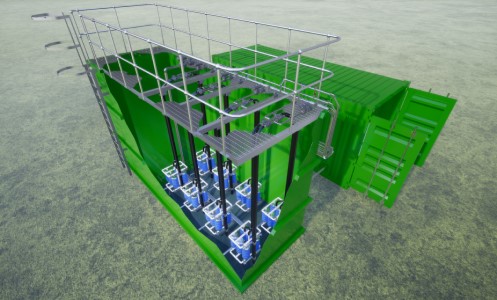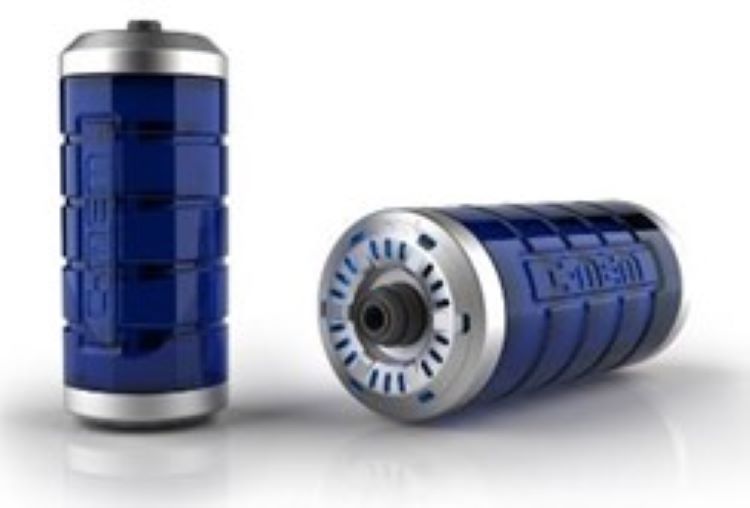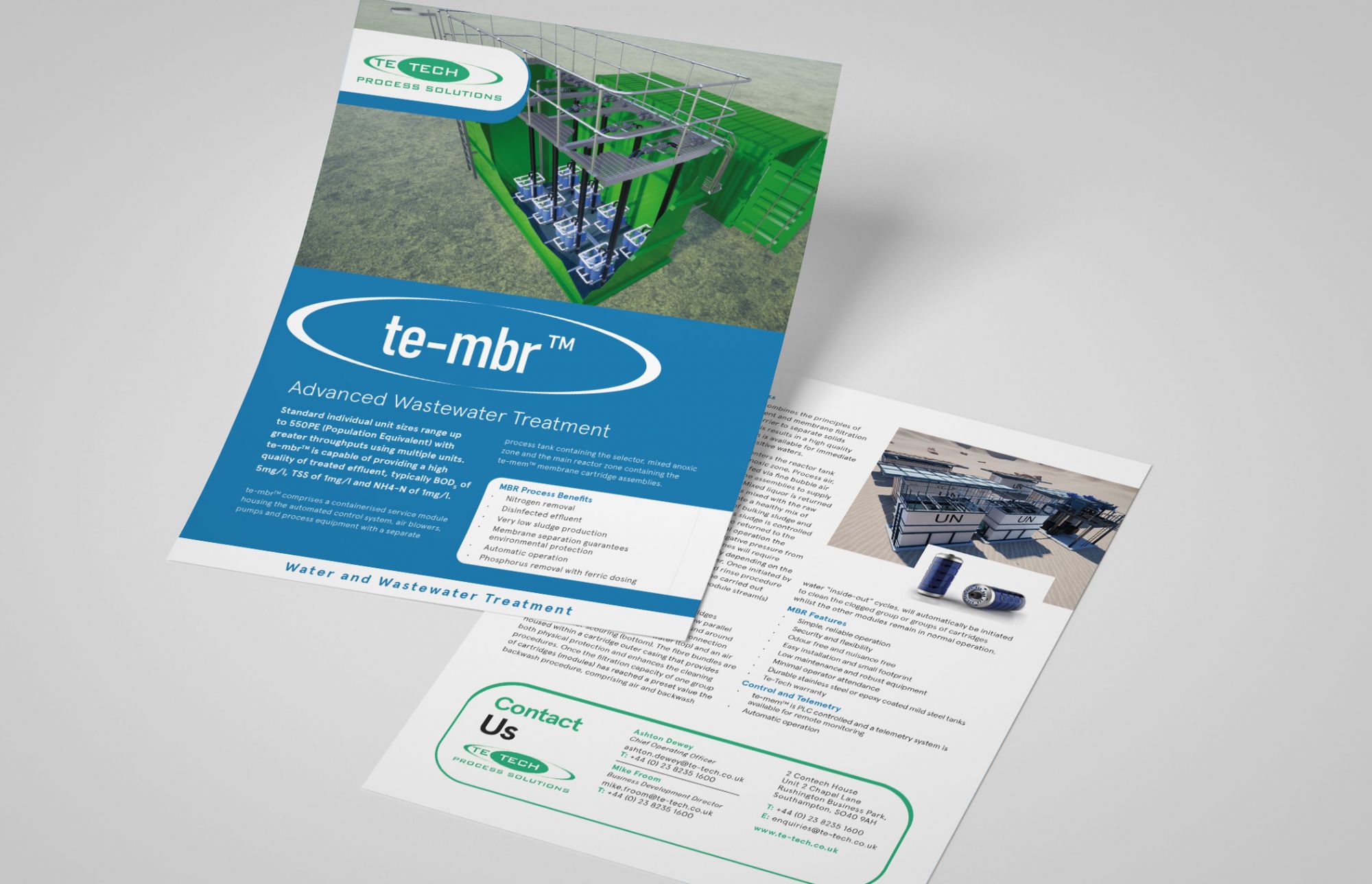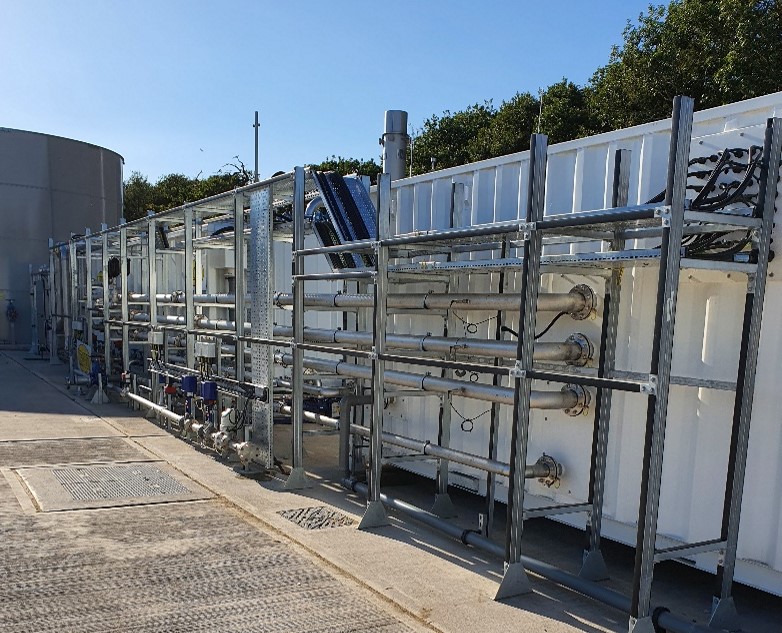The te-mbrTM process combines the principles of activated sludge treatment and membrane filtration which uses a physical barrier to separate solids from treated effluent for municipal, industrial and commercial applications. The te-mbrTM process results in a high quality disinfected effluent which is available for immediate re-use or discharge to sensitive waters.
Pre-screened wastewater enters the reactor tank via a selector and a mixed anoxic zone. Process air, controlled by a DO probe, is fed via fine bubble air diffusers below the membrane assemblies to supply oxygen for biological growth. Mixed liquor is returned to the selector zone where it is mixed with the raw screened wastewater to promote a healthy mix of biomass species, suppression of bulking sludge and better filterability. The wasting of surplus sludge is controlled automatically. Mixed liquor is also returned to the mixed anoxic zone.


During normal operation the membranes are operated via a negative pressure from the permeate pump. The membranes will require chemical cleaning (CIP) periodically depending on the fouling properties of the wastewater. Once initiated by the operator the chemical clean and rinse procedure of the selected module stream will be carried out automatically whilst the remaining module stream(s) continue in normal operation.
Each of the te-memTM membrane cartridges comprise several hundred organic hollow parallel fibres combined in bundles that are wound around a carrier cartridge. The cartridge has a connection for filtered water and backwash water at the top and an air connection for scouring at the bottom. The fibre bundles are housed within a cartridge outer casing that provides both physical protection and enhances the cleaning procedures. Once the filtration capacity of one group of cartridges (modules) has reached a pre-set value the backwash procedure, comprising air and backwash water “inside-out” cycles, will automatically be initiated to clean the clogged group or groups of cartridges whilst the other modules remain in normal operation.
Download our brochure HERE

Case Study and More Information

Case Study and More Information

.jpg)